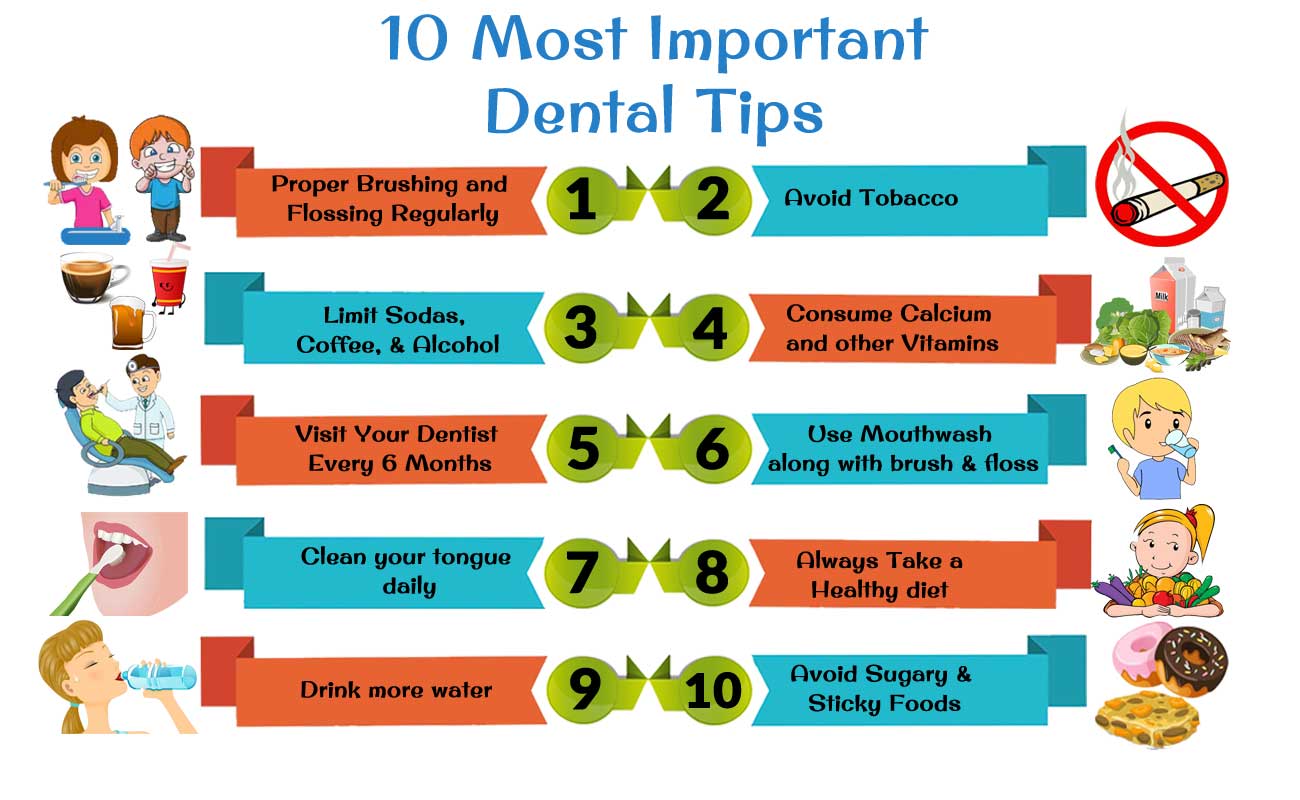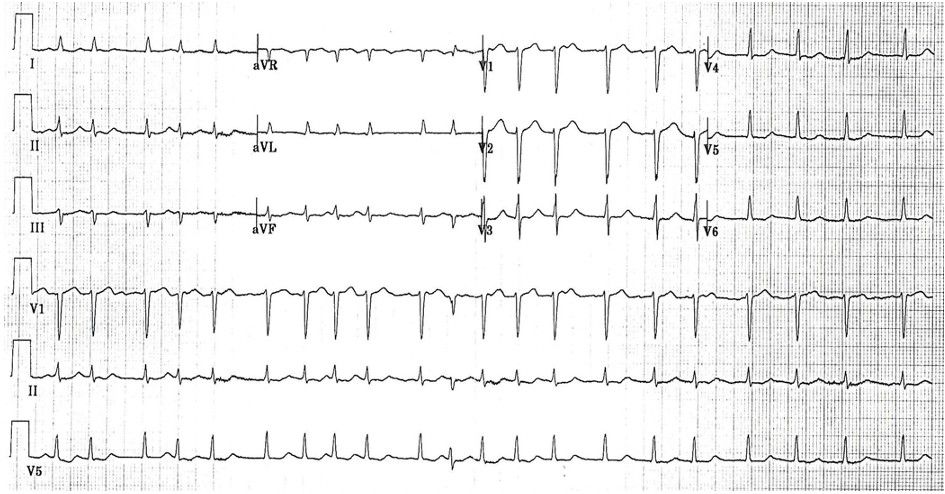Ear Pressure Tmj
The discomfort of ear pressure and its connection to the temporomandibular joint (TMJ) is a complex issue that affects many individuals. To understand the relationship between ear pressure and TMJ, it’s essential to delve into the anatomy and function of the TMJ, as well as the potential causes and treatments for this condition.
The TMJ is a joint that connects the mandible (lower jawbone) to the temporal bone of the skull. This joint plays a crucial role in facilitating movements such as chewing, speaking, and yawning. The TMJ is comprised of bones, cartilage, ligaments, and muscles that work together to enable smooth movement of the jaw. However, when the TMJ is not functioning properly, it can lead to a range of symptoms, including ear pressure, headaches, and facial pain.
One of the primary reasons for the connection between ear pressure and TMJ is the proximity of the TMJ to the ear canal. The TMJ is located near the ear, and as a result, any inflammation or dysfunction in the joint can radiate pain to the ear area. Additionally, the eustachian tube, which regulates air pressure in the ear, is also connected to the TMJ. When the TMJ is not functioning correctly, it can affect the eustachian tube, leading to ear pressure and discomfort.
There are several potential causes of ear pressure related to TMJ, including:
- Bruxism: Grinding or clenching of the teeth can put strain on the TMJ, leading to inflammation and pain that radiates to the ear.
- TMJ misalignment: When the TMJ is not properly aligned, it can cause strain on the surrounding muscles and ligaments, leading to pain and discomfort in the ear.
- Sinus pressure: Sinus infections or allergies can cause pressure in the ears, which can be exacerbated by TMJ dysfunction.
- Stress and anxiety: High levels of stress and anxiety can cause muscle tension, including in the jaw and face, leading to TMJ discomfort and ear pressure.
To alleviate ear pressure related to TMJ, there are several treatment options available. These may include:
- Jaw exercises: Gentle exercises such as opening and closing the mouth, and moving the jaw from side to side, can help to loosen up the TMJ and surrounding muscles.
- Heat or cold therapy: Applying heat or cold packs to the affected area can help to reduce pain and inflammation.
- Massage: Massaging the muscles of the jaw, face, and neck can help to relax tense muscles and improve TMJ function.
- Dental treatment: In some cases, dental treatment such as orthodontics or a mouthguard may be necessary to address underlying issues with the teeth or bite.
It’s essential to consult with a healthcare professional, such as a dentist or an ear, nose, and throat (ENT) specialist, to determine the underlying cause of ear pressure and develop an effective treatment plan.
In addition to these treatment options, there are several lifestyle changes that can help to reduce ear pressure and promote TMJ health. These may include:
- Practicing good oral hygiene: Regular brushing and flossing can help to reduce the risk of TMJ dysfunction.
- Avoiding chewing gum or hard candies: These can put strain on the TMJ and surrounding muscles.
- Managing stress and anxiety: Engaging in stress-reducing activities such as meditation or yoga can help to reduce muscle tension and promote overall well-being.
- Getting regular check-ups: Regular dental check-ups can help to identify and address any underlying issues with the teeth or bite.
By understanding the connection between ear pressure and TMJ, and incorporating a range of treatment options and lifestyle changes, individuals can take the first step towards alleviating ear pressure and promoting overall well-being.
In conclusion, ear pressure related to TMJ is a complex issue that requires a comprehensive treatment plan that addresses the underlying causes of TMJ dysfunction. By incorporating a range of therapies, including jaw exercises, heat or cold therapy, and massage, and making lifestyle changes such as practicing good oral hygiene and managing stress and anxiety, individuals can take the first step towards alleviating ear pressure and promoting overall well-being.
What is the connection between ear pressure and TMJ?
+The connection between ear pressure and TMJ is complex and multifaceted. The TMJ is a joint that connects the mandible (lower jawbone) to the temporal bone of the skull, and any inflammation or dysfunction in the joint can radiate pain to the ear area.
What are the potential causes of ear pressure related to TMJ?
+The potential causes of ear pressure related to TMJ include bruxism, TMJ misalignment, sinus pressure, and stress and anxiety.
What are the treatment options for ear pressure related to TMJ?
+The treatment options for ear pressure related to TMJ include jaw exercises, heat or cold therapy, massage, and dental treatment.



